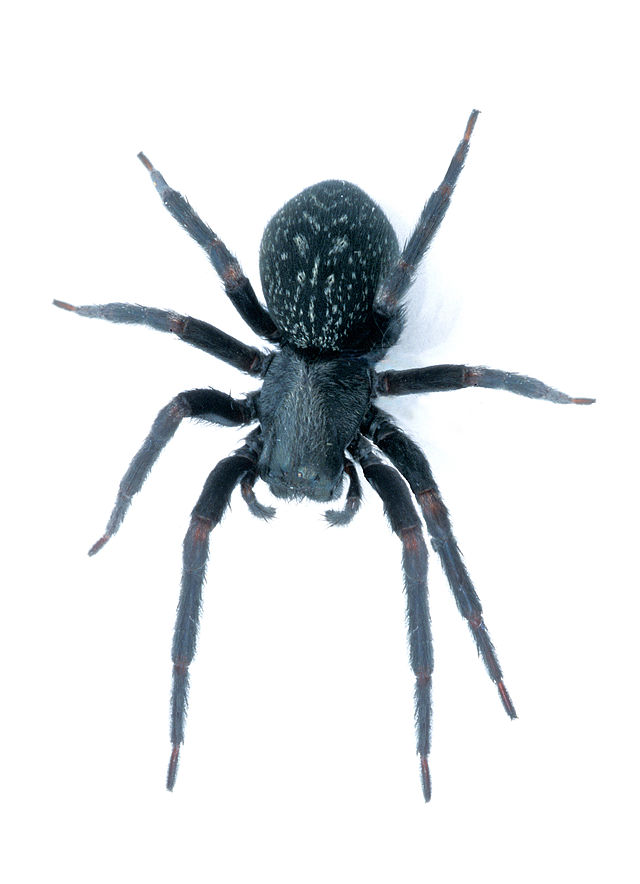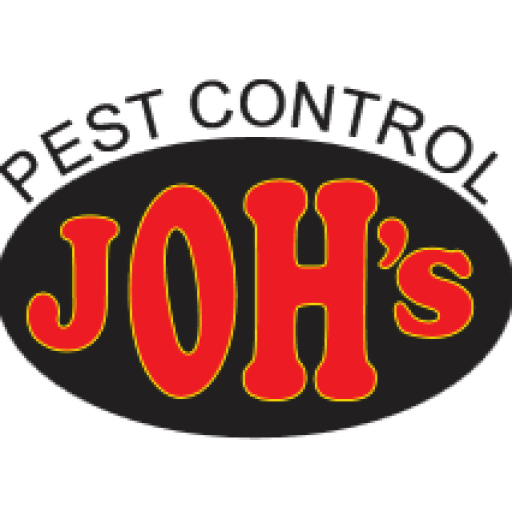Webbing spider infestations in homes can be a nuisance, causing unsightly webs to form in corners, windows, and doors. These spiders, also known as house spiders or cobweb spinners, create sticky webs to catch prey and protect themselves from predators. While they are generally harmless to humans (except Redback spiders), their webs can be a cosmetic issue, and some people may find their presence unsettling. Webbing spiders are attracted to homes with plenty of insects, dust, and clutter, which provide them with food and shelter.
To treat webbing spider infestations, pest control professionals often recommend a combination of vacuuming, dusting, and insecticidal treatments. Vacuuming and dusting can help remove webs, eggs, and spiders, reducing the population and preventing re-infestation. Insecticidal treatments, such as sprays or dusts, can be applied to areas where spiders are most active, killing them on contact. In severe cases, a comprehensive treatment plan may involve multiple visits and a range of products to ensure effective elimination of the infestation.
Preventing webbing spider infestations requires a proactive approach. Homeowners can reduce the risk of infestation by keeping homes clean and tidy, removing clutter and dust, and sealing entry points around windows and doors. Regular vacuuming and dusting can also help remove spiders and webs, preventing re-infestation. Additionally, reducing insect populations through proper waste management can help discourage webbing spiders from nesting in the home. By taking these steps, homeowners can minimize the presence of webbing spiders and enjoy a cleaner, more comfortable living space.
Disclaimer: This information is for general knowledge and interest only. Consult a pest control professional for specialist and accurate advice.

A Orb Weaver Spider

A Black House Spider
Photo by CSIRO
